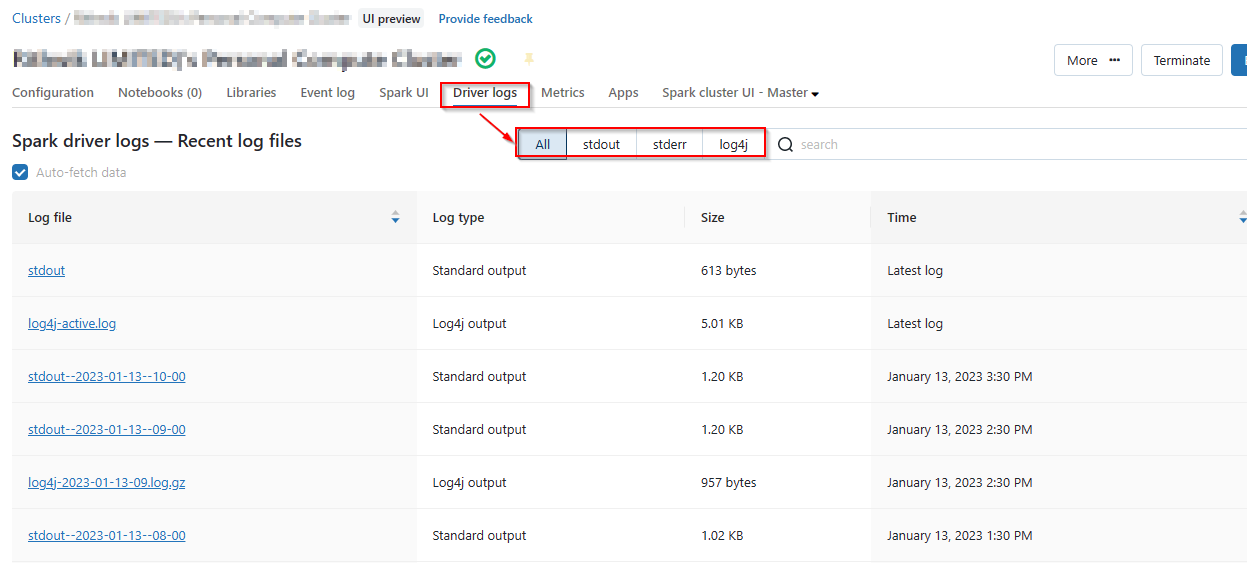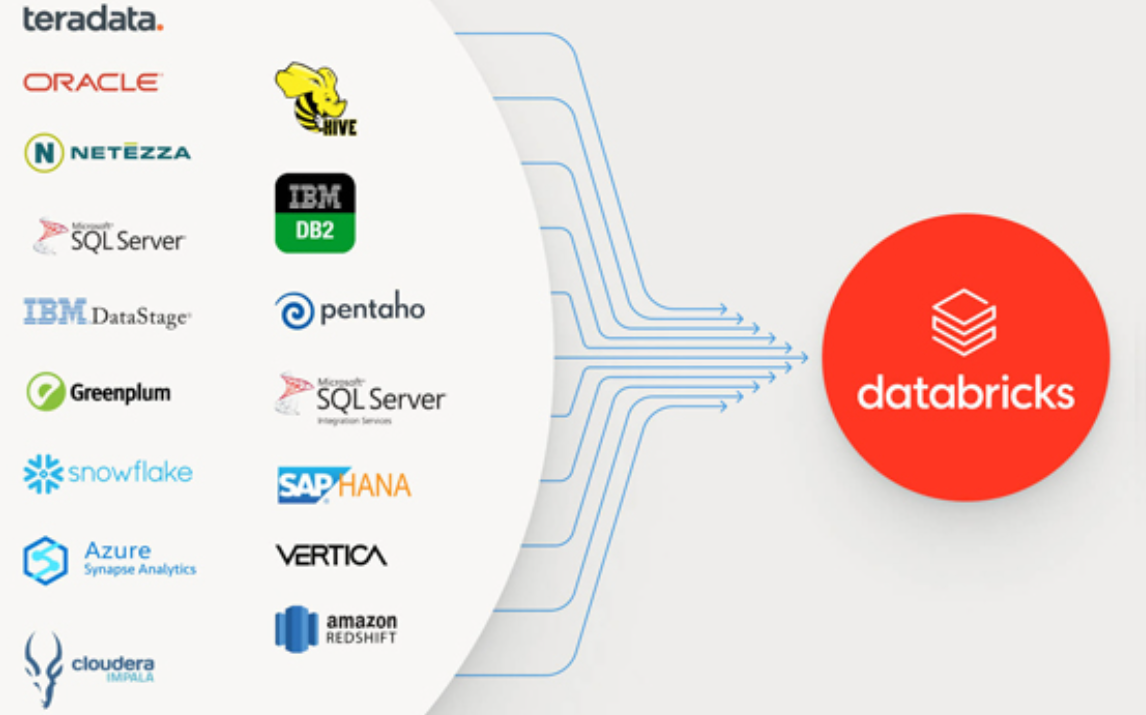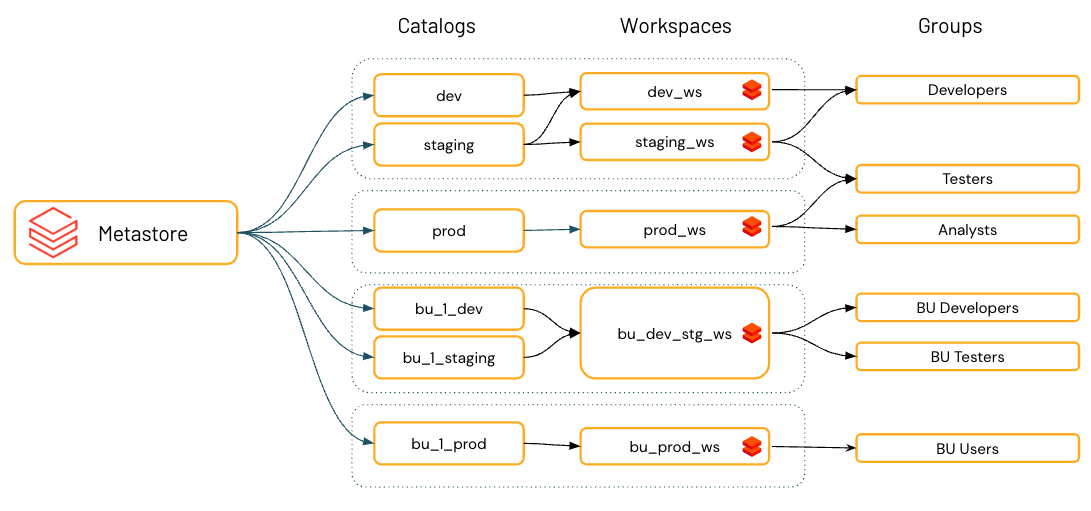Top 5 Databricks File Type Checks

In the realm of big data and analytics, Databricks stands as a powerhouse, offering a unified data analytics platform that simplifies complex data workflows. As data professionals navigate the vast landscape of data formats and file types, it becomes imperative to have a comprehensive understanding of the file type checks that can optimize data processing and analysis within the Databricks environment. This article delves into the top five essential Databricks file type checks, offering a detailed insight into their significance, implementation, and real-world applications.
1. Data Integrity Checks with Checksum Verification

Ensuring data integrity is a cornerstone of any data-driven operation. Databricks provides an efficient mechanism for verifying data integrity through checksum verification. This process involves computing a checksum, a numerical value that serves as a unique fingerprint of a file’s content, and comparing it with a pre-computed checksum. If the checksums match, it indicates that the data remains intact and uncorrupted.
Implementing checksum verification in Databricks involves the use of functions like Spark.read.option with the checksum parameter set to true. This function reads the data and computes the checksum, facilitating a quick and efficient way to validate data integrity.
For instance, consider a scenario where a large dataset is processed and stored in Databricks. By implementing checksum verification, data scientists can ensure that the data remains unchanged during and after processing, thereby maintaining the integrity of their analyses.
Advantages of Checksum Verification
- Quick and efficient: Checksum verification is a lightweight process that adds minimal overhead to data processing workflows.
- Early detection of corruption: By verifying checksums regularly, potential data corruption can be detected early in the processing pipeline, minimizing downstream errors.
- Non-intrusive: Checksum verification does not modify the original data, making it an ideal choice for situations where data integrity is paramount.
2. File Format Validation: Ensuring Data Consistency

Maintaining data consistency is crucial for accurate analytics. Databricks offers robust file format validation techniques to ensure that data adheres to predefined standards and structures.
File format validation in Databricks involves a series of checks that verify the structure, content, and metadata of data files. These checks can be customized based on the specific requirements of the dataset, ensuring that only valid and consistent data is processed.
For example, in a healthcare analytics scenario, where data is collected from various sources and stored in CSV files, file format validation can be employed to ensure that each file follows a standardized format, contains the correct number of columns, and adheres to specific data type constraints.
Benefits of File Format Validation
- Reduced data errors: By validating data formats, potential errors arising from mismatched or incomplete data can be identified and rectified early in the analytics pipeline.
- Enhanced data quality: Consistent data formats improve data quality, making it easier to analyze and draw accurate insights.
- Improved data governance: File format validation can be a critical component of data governance strategies, ensuring that data remains structured and compliant with organizational standards.
3. Compression Checks for Efficient Data Handling
Efficient data handling is a key consideration in big data analytics. Databricks supports various compression formats, enabling users to store and process data more efficiently. Compression checks play a vital role in ensuring that compressed data is handled correctly and efficiently.
Compression checks in Databricks involve verifying that the data is compressed as expected and that the compression algorithm used is appropriate for the data type and size. This ensures that data can be decompressed accurately and in a timely manner when needed.
Imagine a scenario where a large dataset is compressed using the gzip algorithm. By implementing compression checks, Databricks can verify that the data is indeed compressed with gzip and that the compression ratio is within expected limits, ensuring efficient data storage and retrieval.
Advantages of Compression Checks
- Efficient data storage: Compression checks ensure that data is optimally compressed, reducing storage requirements and costs.
- Faster data processing: Well-compressed data can be decompressed quickly, accelerating data processing workflows.
- Data integrity: Compression checks verify that compressed data can be accurately decompressed, maintaining data integrity.
4. Metadata Verification for Enhanced Data Understanding
Metadata, often referred to as data about data, plays a crucial role in understanding and managing data. Databricks provides powerful tools for metadata verification, ensuring that metadata is accurate and up-to-date.
Metadata verification in Databricks involves checking the metadata associated with data files, including file names, creation dates, and data types. This process ensures that metadata accurately reflects the content and characteristics of the data, facilitating better data understanding and management.
Consider a financial analytics scenario where metadata verification is employed to ensure that each data file is correctly labeled with its source, date, and data type. This helps analysts quickly identify and access relevant data, improving the efficiency of their analysis.
Benefits of Metadata Verification
- Improved data accessibility: Accurate metadata makes it easier to locate and access specific data sets, enhancing data usability.
- Enhanced data governance: Metadata verification is a critical aspect of data governance, ensuring that data is properly classified and managed.
- Better data analysis: Accurate metadata provides valuable context to data, facilitating more meaningful and accurate analyses.
5. Schema Validation for Data Consistency and Accuracy

Schema validation is a critical step in ensuring data consistency and accuracy. Databricks offers robust schema validation techniques to ensure that data conforms to predefined schemas.
Schema validation in Databricks involves checking that data files adhere to a defined schema, which specifies the structure and format of the data. This validation process ensures that data is consistent, accurate, and ready for further processing and analysis.
For example, in a retail analytics scenario, schema validation can be employed to ensure that sales data is structured correctly, with columns representing product IDs, quantities, and prices, and that data types match the expected schema.
Advantages of Schema Validation
- Data consistency: Schema validation ensures that data is structured consistently across different sources and files.
- Reduced data errors: By validating data against a schema, potential errors arising from incorrect data structures can be identified and rectified.
- Enhanced data quality: Consistent and accurate data, validated against a schema, leads to improved data quality, facilitating more reliable analyses.
Conclusion
The top five Databricks file type checks - data integrity checks, file format validation, compression checks, metadata verification, and schema validation - are essential tools for data professionals working with big data analytics. These checks ensure data integrity, consistency, and accuracy, facilitating more efficient and reliable data processing and analysis within the Databricks environment. By implementing these checks, data professionals can optimize their data workflows, enhance data quality, and drive more accurate and meaningful insights from their data.
Future Implications
As big data analytics continues to evolve, the role of these file type checks will become even more crucial. With the increasing volume and complexity of data, the need for efficient and accurate data processing will only intensify. Databricks, with its powerful data processing capabilities and comprehensive file type checks, is well-positioned to meet these challenges, offering a robust platform for data professionals to navigate the complexities of big data.
| File Type Check | Key Benefits |
|---|---|
| Data Integrity Checks | Quick verification, early detection of corruption, non-intrusive process |
| File Format Validation | Reduced data errors, enhanced data quality, improved data governance |
| Compression Checks | Efficient data storage, faster processing, data integrity preservation |
| Metadata Verification | Improved data accessibility, enhanced data governance, better data analysis |
| Schema Validation | Data consistency, reduced errors, enhanced data quality |

How often should data integrity checks be performed in Databricks?
+Data integrity checks should be performed regularly, especially after data processing tasks or when data is retrieved from external sources. The frequency can vary depending on the criticality of the data and the level of risk associated with data corruption. For high-value data, daily checks might be warranted, while for less critical data, weekly or monthly checks could suffice.
What are the common file format validation techniques used in Databricks?
+Databricks offers a range of file format validation techniques, including schema validation, data type validation, and structure validation. Schema validation ensures that data conforms to a predefined schema, data type validation checks that data types match the expected format, and structure validation verifies that data is structured correctly.
How can compression checks improve data handling efficiency in Databricks?
+Compression checks in Databricks ensure that data is optimally compressed, reducing storage requirements and improving data retrieval speed. By verifying that data is compressed as expected, Databricks can efficiently handle large datasets, accelerating data processing workflows.
What are the best practices for metadata verification in Databricks?
+Best practices for metadata verification include regular checks to ensure metadata accuracy, consistency, and completeness. It’s also important to define metadata standards and guidelines to ensure that metadata is created and maintained in a uniform manner across the organization.
How does schema validation improve data quality in Databricks?
+Schema validation in Databricks ensures that data is structured correctly and consistently, reducing the risk of data errors and improving data quality. By validating data against a schema, Databricks can identify and rectify data inconsistencies, leading to more accurate and reliable analyses.



